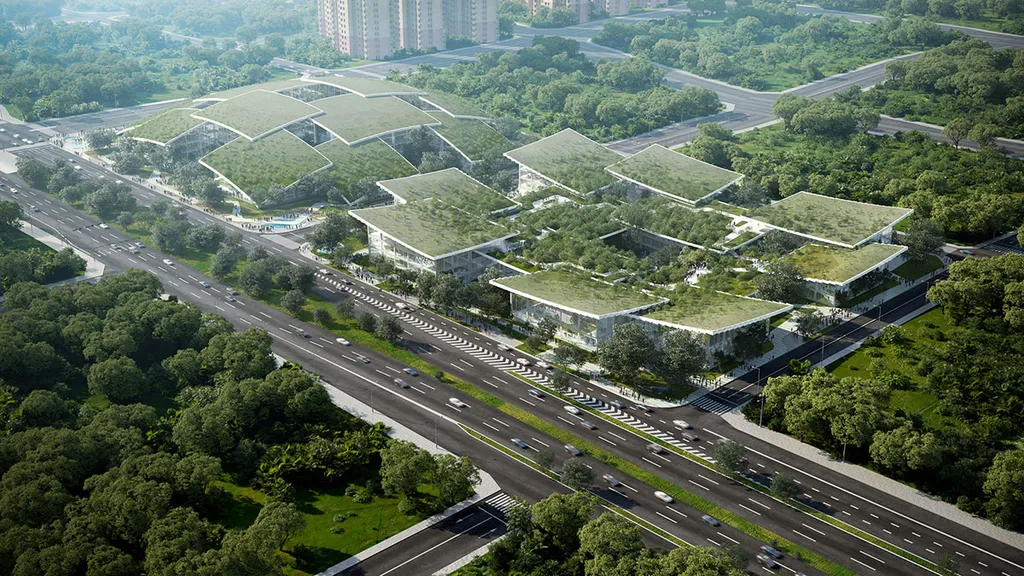In the quest to reduce carbon emissions, the construction industry faces a formidable challenge: accurately assessing the environmental impact of building projects. A groundbreaking study led by Lin Chen from the School of Civil Engineering at Chongqing University and the University of Cambridge, published in the journal *Developments in the Built Environment* (translated as “Advances in Construction and Building”), offers a novel solution that could revolutionize green construction practices.
China’s building sector contributes a staggering 26.6% of the country’s energy-related carbon emissions, primarily during the construction phase. Traditional assessment methods rely on subjective weighting and linear assumptions, often failing to capture the complex, nonlinear relationships between resource inputs and emissions. Chen’s research introduces a data-driven framework that integrates emergy theory—a holistic approach to evaluating the energy and resources embedded in products and processes—and machine learning to bridge this gap.
The study analyzed data from 5,110 buildings across 190 projects, employing six machine learning algorithms to build emergy–carbon emission regression models. The Extra Trees (ET) model emerged as the top performer, achieving an impressive R² value of 0.9714. This model effectively characterizes the intricate interactions between emergy inputs and emissions, revealing that purchased and non-renewable emergy drive emissions, while renewable emergy mitigates them.
“This framework connects emergy theory with empirical modeling, providing both a scientific basis and a practical tool for low-carbon construction and policy standardization,” Chen explained. The emergy sustainability index, a key metric derived from the study, strongly correlates with emissions, offering an objective evaluation tool for the industry.
The implications of this research are profound for the energy sector and beyond. By providing a more accurate and data-driven approach to assessing carbon emissions, the framework can guide construction companies in making informed decisions about material choices and construction methods. This could lead to significant reductions in carbon emissions, aligning with global sustainability goals and potentially opening new markets for low-carbon building materials and technologies.
Moreover, the study’s findings could influence policy standardization, ensuring that regulations are based on robust, empirical data rather than subjective assumptions. As Chen noted, “This framework supports a scientific basis for low-carbon construction, which is crucial for developing effective policies and standards.”
The integration of machine learning and emergy analysis represents a significant advancement in the field of green construction. By leveraging data-driven insights, the industry can move towards more sustainable practices, ultimately benefiting the environment and the bottom line. As the world continues to grapple with the challenges of climate change, innovative solutions like Chen’s framework offer hope for a greener, more sustainable future.
This research not only highlights the potential of machine learning in environmental assessments but also underscores the importance of interdisciplinary collaboration. By combining the strengths of emergy theory and advanced analytics, Chen and his team have paved the way for more accurate, efficient, and sustainable construction practices. As the industry continues to evolve, such innovations will be crucial in driving progress towards a low-carbon future.

